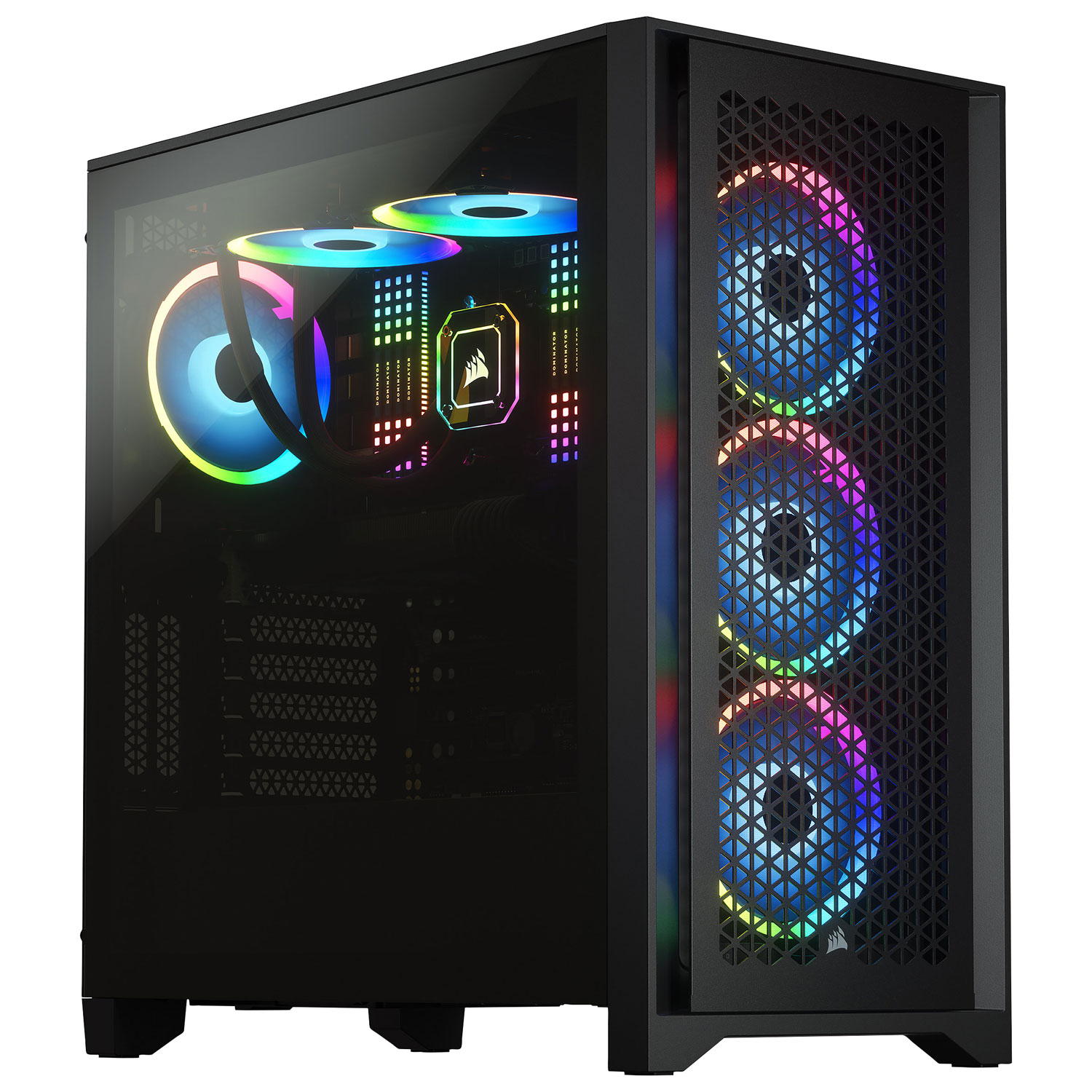

As you might expect, bigger fans that generate more power also create stronger, cooler air that they can blow throughout the enclosure to keep the temps down. There are a few reasons why this is so, and it is important to keep all of them in mind if you are planning to move your rig from a standard case to a larger one.įirst, a bigger PC case usually means that you can use fans that are larger and more powerful than some of the standard ones. In most respects, a bigger PC case tends to be better for cooling. There are many small cases that are designed to house just a few components in such a way that airflow should not be a problem for these basic setups. Although you could make an argument that this can restrict airflow, Similarly, some hobbyists like to experiment with smaller form factors just to see how small they can go. Some people want a standard desktop tower, but they also might want to save space on their desks or around their work areas.įor these users, bigger might not necessarily be better, and they have different considerations than other users who might be wondering about flow or what cards they can use. Beyond these considerations, what is better in terms of case size is up to the user. It can also be essential for the kinds or sizes of parts that you want to use in your rig. In most respects, a bigger PC case might help with airflow, as we’ve discussed. There is no one answer for this kind of question, and it will vary depending on whom you might ask. One of the main things you want to guard against in any computer is a part overheating, which could lead to catastrophic failure of the entire system. This can work, but it is not an ideal scenario. In these situations, you might be dealing with fans that need to fight hard to push air into smaller, cramped spaces where parts are getting hot. You want the air to stay within a particular range in order to provide the maximum cooling features to the components.Ī case is great for this kind of thing, but one that is too small might be too restrictive to allow the air to do its job.

However, it is also true that a case that is too small, or one that has spaces that smaller components can fit into, might affect airflow negatively. Therefore, you can think of a case as something that is able to direct the cooling methods that your desktop might use. Even if all the components are exposed to the open air, they still might not get enough concentrated air to stay cool when they get too hot from working.Īn enclosure like a computer tower helps to give the fans a way to keep the air they are blowing centered around the parts that need cooling. It is important to remember here that any case is better than no case when it comes to airflow. The main reason that case size can affect airflow is in how it controls the paths that the cool air can take, and this includes how restricted the air might be.
Best airflow pc cases install#
There are other things you can install to cool the components of your PC as well. It is not uncommon to have multiple fans. In most instances, users will have at least one fan that blows air around the enclosure to cool the parts off. This can depend on what kinds of cooling methods that you are using. Yes, the size of a case can affect airflow. Namely, that getting proper measurements for both the case and the components is crucial before you make any purchases or decide to switch between enclosures. If you are a hobbyist who is interested in going for more power, cooling, graphics, memory, or other resources, it is important to keep some things in mind when you’re thinking about larger cases. In short, PC case size can matter if you need to go beyond the basics that a pre-built machine provides to most users. The types and sizes of the components you might need to install tend to have larger dimensions, and you want to make sure that everything will fit comfortably within the frame you choose for your rig. In these cases, PC container size may matter. This might include more resource-intensive programs, or you might like to play games that require high-end graphics cards with larger chipsets. While a standard case with the usual size is fine for many applications, you may want to do more than what a typical rig can do. We will discuss the dynamics of airflow through computer case enclosures in a later section. They don’t necessarily do the best in terms of airflow, but they tend to be adequate. These cases come with enough room for the standard components, including fans for cooling the hardware that runs hot as it works.


 0 kommentar(er)
0 kommentar(er)
